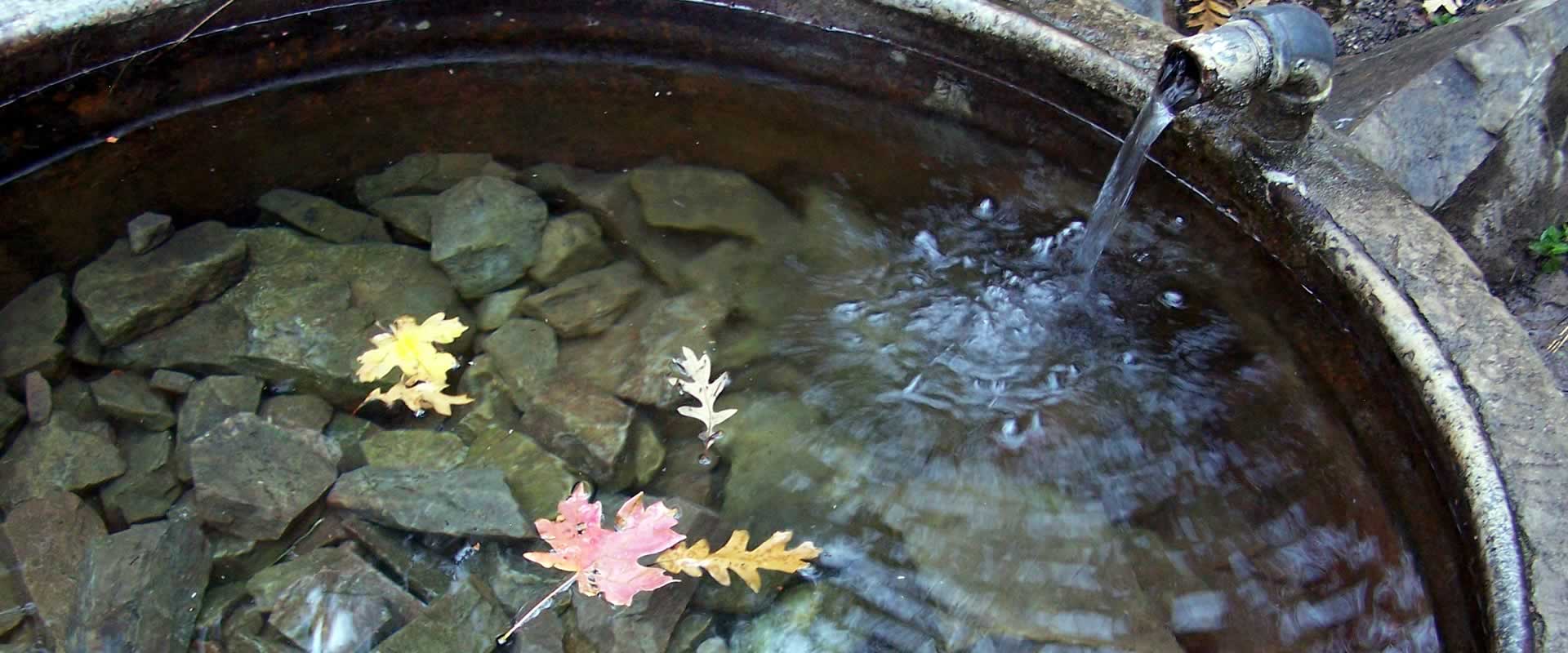LRPA has been, and continues to be, involved in precedent-setting cases involving a broad range of federal environmental laws including the Endangered Species Act, the National Environmental Policy Act, the Clean Water Act, the Federal Power Act, Administrative Procedure Act, the Federal Power Act, and the Clean Air Act.
In recent years, LRPA was successful in two significant New Mexico Supreme Court cases that clarified the nature of ownership in water rights as well as the nature of the hydrologic connection between ground and surface water.
Hydro Resources Corp. v. Gray
The New Mexico Supreme Court’s November 9, 2007 decision in Hydro Resources Corporation v. Harris Gray and William J. Frost, 2007-NMSC-061, 143 N.M. 142, 173 P.3d 749 settled the law of leases and agency in water rights in New Mexico. The Court of Appeals’ earlier decision had affirmed the district court’s judgment quieting title in water rights developed by Harris Gray and William Frost’s predecessor–in–interest (a mineral lessee) for use on an unpatented mining claim in favor of Hydro Resources Corporation (“Hydro”), the subsequent owner of the property on which the unpatented mining claims were located. Hydro Resources Corp. v. Gray, 2006-NMCA-108, 140 N.M. 363, 142 P.3d 951. The Court of Appeals had based its decision on its conclusions that the default position in the face of a silent mineral lease is that the lessee acts as the lessor’s agent in developing water rights and, the Supreme Court inferred, on an implicit understanding that water rights are appurtenant to mining claims.
At the time, these earlier court rulings called into question thousands of mining leases, grazing leases and subdivision contracts in which the beneficial user is not the landowner, and thus, raised significant concerns for New Mexico water users and developers. The Supreme Court’s decision allayed these concerns and placed the question of water rights in mineral leases back within the mainstream of New Mexico’s Prior Appropriation Doctrine.
Herrington v. State of New Mexico ex rel. Office of the State Engineer
In 2006, LRPA successfully argued and prevailed in Herrington v. State of New Mexico ex rel. Office of the State Engineer, 2006-NMSC-014, 139 N.M. 368, 133 P.3d 258. This landmark New Mexico Supreme Court decision clarified the law of supplemental wells in New Mexico, reversing both the State Engineer and the New Mexico Court of Appeals, which had denied a supplemental well to the applicant.
In a unanimous opinion filed March 9, 2006, the New Mexico Supreme Court clarified the confusion in application of what is known in New Mexico as the Templeton Doctrine as well as important distinctions in New Mexico water law between the Templeton Doctrine and statutory transfers of water rights in general. Herrington v. State of New Mexico, ex rel. Office of the State Engineer, Supreme Court No. 28,628 (NM 2006); see also Templeton v. Pecos Valley Artesian Conservancy Dist., 65 N.M. 59, 332 P.2d 465 (1958).
The New Mexico Supreme Court addressed three important issues. First, the Court clarified the factual application of the Templeton Doctrine; second, it clarified whether application of the Templeton Doctrine includes downstream points of diversion; and third, it clarified those factual circumstances under which the Templeton Doctrine is applicable to statutory transfers of points of diversion.
The Court’s opinion clarified important legal issues in New Mexico water policy under the Templeton Doctrine. In a surface to groundwater transfer, a supplemental well point of diversion is permissible as a matter of right if a senior surface water appropriator diverts water that consists in part of baseflow, which is depleted by junior wells in the area and where such wells have depleted senior surface flows. The senior appropriator may install a supplemental well that follows the source of the baseflow to the aquifer that feeds the surface waters. The Court further clarified that a supplemental well may be located downstream of the surface point of diversion, provided that it still meets the Templeton same source requirement, and finally, that statutory transfers of surface to groundwater are administrative decisions made by the OSE, independent of a Templeton analysis, and may be sought as a matter of right if statutory criteria are met.
Water Rights Transactions: Acquisitions, Development & Transfers
In addition to decades of experience in water rights consulting and strategizing, LRPA’s attorneys have extensive experience with all aspects of water rights application and transfer processes. LRPA is retained on a regular basis by Clients to provide water rights inventories, assessments and abstracts including evaluations of possible water rights uses, feasibility of use for alternative purposes and specific recommendations and strategies as to optimal uses for identified water rights.
LRPA works with Clients to identify priority dates, place and purpose of use, size of right, applicable aquifer criteria (mined or hydraulically connected basin), rankings as to feasibility of a proposed transfer within a basin and out of basin as well as special considerations such as endangered species, basin regulations relating to transfers, State Engineer policies, reliability of supply, predictions as to the life of the aquifer, and probability of success of the transfer.
Groundwater rights originating from a well drilled prior to the declaration of a basin are valid without acquiring a permit from the OSE. LRPA works with Clients in identifying, protecting and maximizing the beneficial use of such assets.
Water Quality: Re-use, Conservation, Permitting & Regulatory Compliance
Throughout the western states, one of the consequences of full water appropriations and dwindling supplies is a renewed focus on the quality of existing supplies. Under current water quality regulations, how water users affect the quality of the water they divert and consume is the subject of increasing scrutiny.
New Mexico law encourages the re-use of effluent by making it the private property of the entity developing the effluent. Roswell v. Reynolds, 99 N.M. 84, 654 P.2d 537 (1982). In addition, persons that shift to drip systems to conserve water have been allowed to spread their conserved water on adjoining land owned by them. See generally Sun Vineyards, Inc. v. Luna County Wine Dev. Corp., 107 N.M. 524, 760 P.2d 1290 (1988). LRPA assists Clients’ efforts to comply with the latest conservation technology.
Finally, implementation of the Clean Water Act, among other factors, has resulted in new initiatives geared toward water re-use in New Mexico. Efforts aimed at the maximum use of water and treated effluent are resulting in water re-use programs using both conservation easements and New Mexico’s abundant open spaces to protect aquifer recharge areas on properties to ensure maximum natural return of rainwater to water tables.
LRPA regularly assists Clients with water quality permitting and regulatory compliance with respect to NPDES permits and TMDL requirements. LRPA provides representation with respect to all aspects of water and wastewater treatment.



